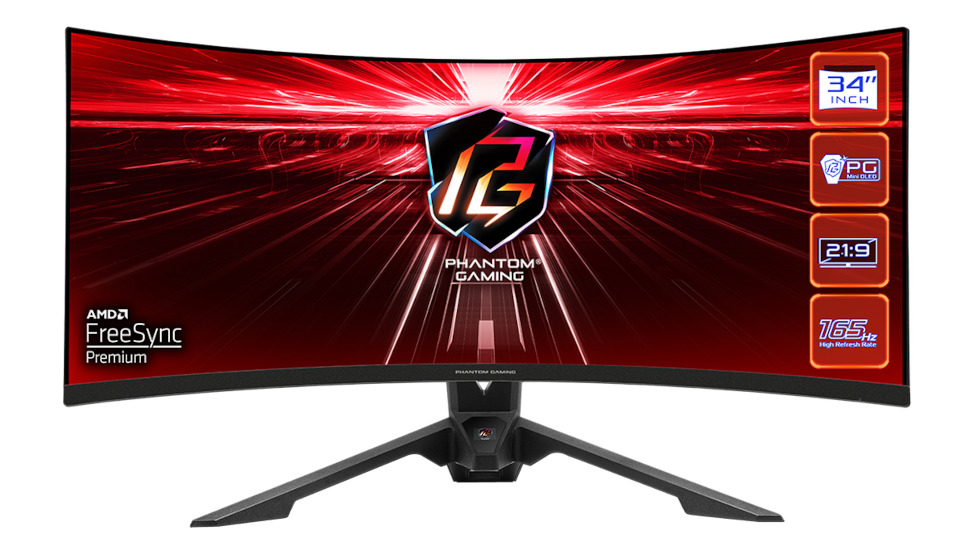
Motherboard server company Asrock released a gaming monitor earlier this year that had a unique feature that had yet to be tested. The PG34WQ15R3A features a 7dBi high gain Wi-Fi antenna built directly into the monitor stand, allowing users to immediately connect a Wi-Fi card antenna output using two SMA (SubMiniature version A) connectors. SMA connectors are also used in mobile hotspot devices like the Netgear Nighthawk MR5200 5G portable router.
The accessory has now been tested by HKEPC and the actual results have proven to be excellent with a 40% improvement in download speeds and a staggering 130% gain in upload speeds, ideal for video conferencing, cloud backup and collaboration. online. Similarly, ping has been reduced by 25% and jitter by 75%, almost unbelievable things, although your mileage will vary depending on a number of factors.
There are two reasons why the gains are so large: First, the size of the antenna on the monitor stand is at least an order of magnitude larger than the antenna you'll find on a Wi-Fi card. There is the fact that a monitor is not hidden under a desk or in a corner, but placed on a desk (or even better on a standing desk), which gives better coverage and therefore improves the signal transmission.
Asrock's monitor is the only one we know of that has this feature, but more are likely to follow given the popularity of motherboards and systems with SMA connections for the Wi-Fi antenna and users who put their device in a cabinet. or under a desk.
A new way to improve Internet speeds
While organizations around the world have made a massive switch to business laptops, business PCs still hold a sizeable share of the market. Innovations like this low-profile Wi-Fi antenna mount will improve performance and productivity without incurring significant cost. Laptops are unlikely to benefit from this useful configuration unless they are used with a laptop docking station with a dedicated USB Wi-Fi card.
Speaking of docking stations, we've seen at least one case in the past where a vendor, Philips, fused one of these into a docking station; but it was a cumbersome idea that was quickly scrapped. That said, there's a lot of real estate behind professional monitors, especially as screen sizes have skyrocketed; Screens from 21 to 27 inches in offices are quite common. Being able to add accessories (monitor arm), or even entire computers (eg mini PC) behind the screen using the universal VESA mount has become more attractive.